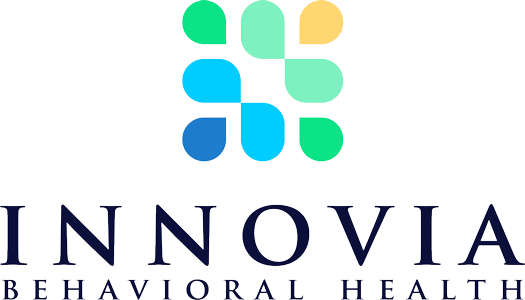There are plenty of instances in our country’s history of discrimination. Our approach to handling illicit drug problems is one of these instances. As the country continues its discussion on racial equality, it is important to include an issue that effects everyone – drug use.
A prime example of the different approaches to handling addiction is how the government reacted to the crack cocaine epidemic and how the government is reacting to the heroin epidemic now. Back in the eighties the crack cocaine epidemic took urban areas over. Law enforcement was overwhelmed with the amount of crime and drug trafficking that surrounded crack cocaine. It quickly became clear that crack cocaine was a problem mostly affecting black people. The federal government responded with the War on Drugs.
The War on Drugs was an initiative meant to scare people into abstaining from crack. Users found in possession of crack or in the process of purchasing crack were arrested and jailed. Sellers were also arrested. Thousands of people were deposited into prisons throughout the country because of crack cocaine. Yet, the cocaine problem persisted.
Fast forward to the current heroin and prescription painkiller problem, a seemingly white issue. The federal government just passed a law to increase treatment options for addicts and minimize punishment. A stark difference from the crack cocaine epidemic of the eighties. So stark in fact, that some people have pointed out the racial issues of such different approaches.
“One thing is sure: the responses are different. We need to acknowledge that and also acknowledge the resentment and the damage that still lingers from the crack wars,” commented David Holthaus.
While it is clear that the War on Drugs was a failure and the government certainly needed a different approach to deal with our current problems, a more important point to make is that addiction does not discriminate. People of all racial backgrounds can fall victim to a substance abuse issue. While heroin was once a problem of the inner city, it has migrated to small neighborhoods throughout the country. Crack had the same potential.
